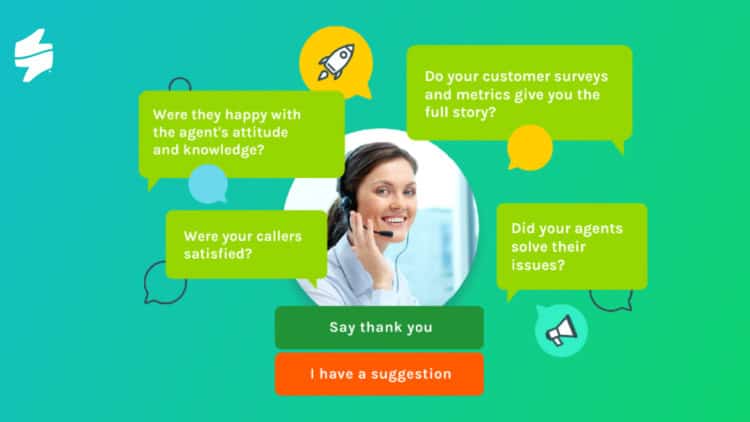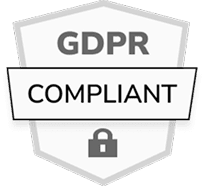Common mistakes when using NPS include focusing only on the score, ignoring open feedback, surveying inconsistently, failing to segment results, and not following up with detractors. To avoid these, you should combine NPS with qualitative insights, act on feedback, and use expert CX tools like Staffino to turn scores into meaningful improvements.
NPS is one of the most widely used customer experience metrics, and for good reason. It’s simple, scalable, and provides a clear view of customer loyalty. But relying too heavily on a single number can be misleading if you’re not using NPS the right way. From poor customer survey timing to ignoring the “why” behind scores, many businesses unintentionally sabotage the insights NPS could offer.
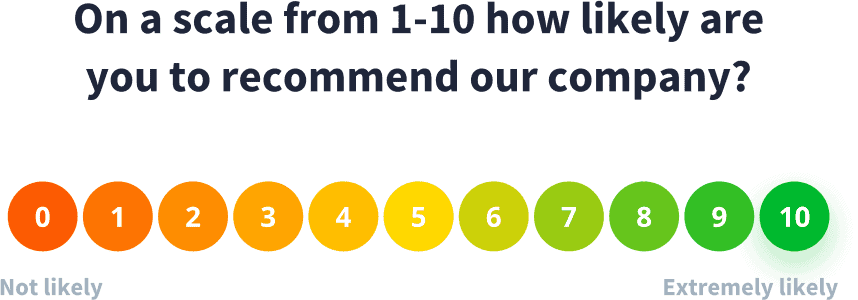
In this article, we’ll break down the common mistakes you should avoid in NPS, how to measure NPS properly, and how a customer experience management platform can help you unlock its full potential with expert CX consulting, analytics, and feedback tracking.
How Do You Measure NPS?
NPS measurement starts with a simple question: “On a scale from 0 to 10, how likely are you to recommend our company to a friend or colleague?” Based on responses, customers are segmented into:
- Promoters (9-10): loyal enthusiasts
- Passives (7-8): satisfied but unenthusiastic
- Detractors (0-6): unhappy customers likely to churn
To measure NPS, subtract the percentage of NPS detractors from the percentage of NPS promoters. For example, if 60% are promoters and 20% are detractors, your NPS is +40.

But don’t stop at the score. ALWAYS include an open-ended follow-up to understand the context behind the rating. This is where the real value lies.
What Are Some Common Mistakes When Calculating NPS?
Here are the top six pitfalls of using NPS and how to avoid them:
1. Focusing Only on the Score
A negative NPS score grabs attention, but without understanding why, it’s not actionable. Relying solely on the number can cause teams to miss key insights hiding in qualitative feedback.
Fix it: Analyse open-text responses using AI-powered feedback analysis or expert services. Staffino’s NPS analytics tools go beyond numbers and reveal root causes.
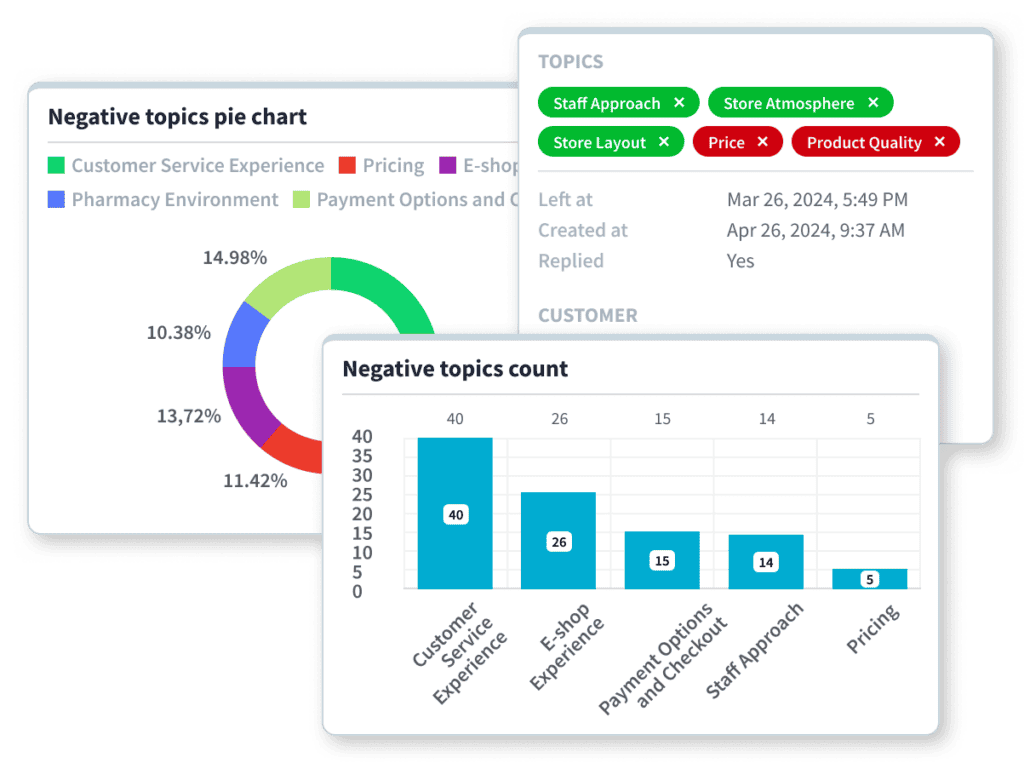
2. Inconsistent Survey Timing and Channels
Sending NPS surveys sporadically or across different channels skews results. Similarly, over-surveying can lead to fatigue and unreliable data.
Fix it: Establish a consistent, strategic cadence. Always survey customers after key touchpoints like support calls or product usage.
3. Not Segmenting the Results
One-size-fits-all doesn’t work in CX. Without segmentation, you’re blind to how different customer groups are experiencing your brand.
Fix it: Break down data by location, product line, or customer type. Staffino’s advanced CX dashboards make segmentation and comparison easy.
4. Not Following Up with Detractors (or Passives)
It’s tempting to focus only on promoters. But ignoring detractors and passives is a missed opportunity. Unresolved issues erode trust.
Fix it: Use closed-loop feedback workflows. Reach out, resolve, and re-engage. With Staffino, you can automate follow-ups and assign them to team leads.
5. Asking the Wrong Question
Modifying the NPS question too much, or adding confusing context, reduces its comparability and meaning.
Fix it: Keep it simple and standard. Customise the follow-up questions in your customer satisfaction survey for deeper insights.
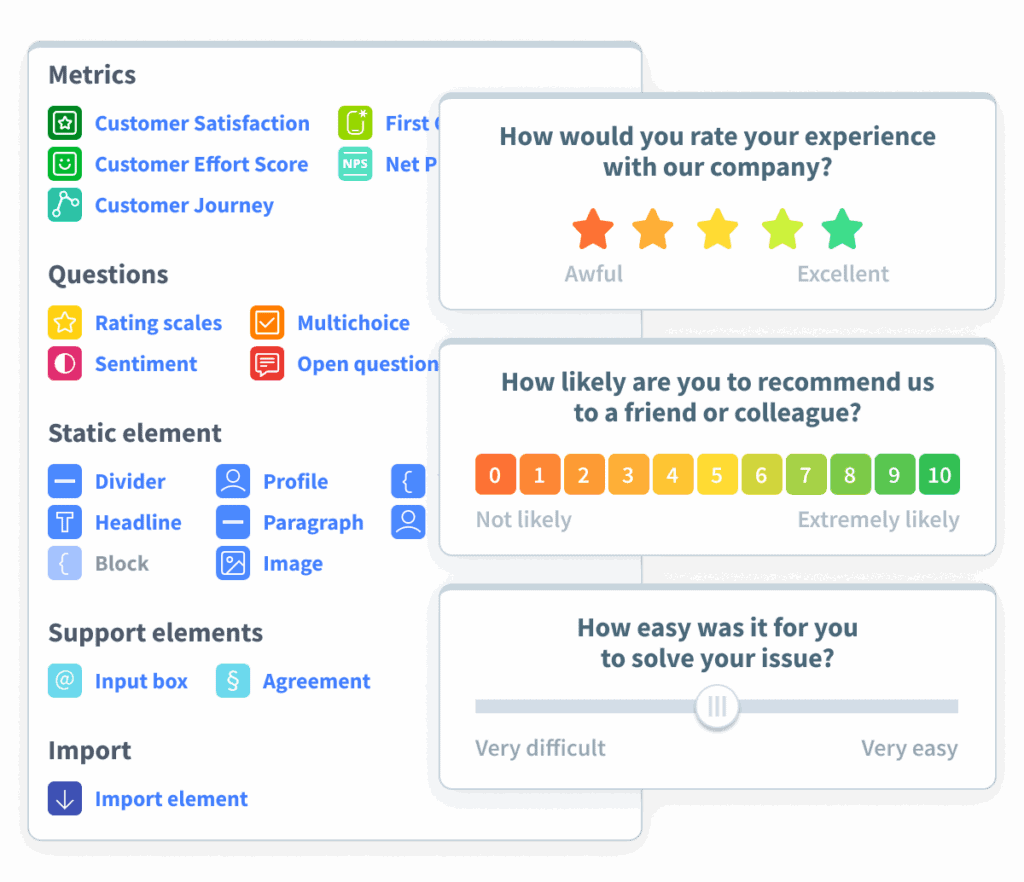
6. Using NPS in Isolation
One metric is never the full picture. Why is NPS not enough? Because it doesn’t capture effort, satisfaction, or specific touchpoint performance.
Fix it: Combine NPS with CSAT, CES, and qualitative feedback. Staffino helps you track all major CX and EX KPIs in one place.

Boost Customer Experience with NPS, CSAT & CES
Get the most accurate and actionable insights into your customer satisfaction with Staffino's CX metrics. With automated surveys and effective reporting, you can quickly gain valuable insights into your customer journey.
How to Improve NPS and Avoid the Common Mistakes
Improving NPS isn’t just about chasing a higher score. First and foremost, it’s about building better experiences for your customers. Here’s how:
1. Respond to Feedback Quickly
Timely responses show customers you care and are listening. Addressing concerns promptly can turn a detractor into a promoter.
2. Close the Loop with Customers
Closing the loop with customers, i.e., following up after feedback, is essential. It builds trust and shows commitment to improvement. With structured workflows, you can make this process efficient.
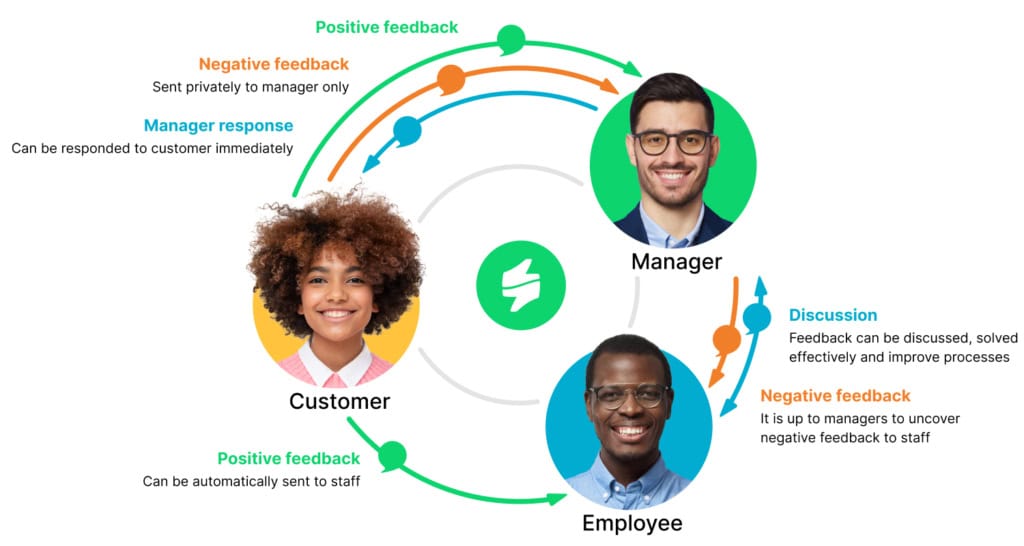
3. Analyse Trends by Segment and Channel
Don’t rely on averages. Understanding how different customer groups or service channels perform reveals actionable patterns and gaps.
4. Coach Employees Based on NPS Feedback
Use customer feedback data to identify coaching opportunities. Help underperformers improve and recognise top performers to reinforce positive behaviour.
5. Track Changes After Implementing Improvements
Measure the impact of your CX initiatives by tracking NPS over time. This helps validate your efforts and refine strategies.
Feedback management platforms like Staffino help you automate these steps and provide expert support to translate scores into actionable change.

How to Improve NPS Customer Service
As we all know, customer service is often a key driver of low or high NPS. Here’s how to use NPS feedback to improve it:
1. Identify Which Agents or Teams Have More Detractors
Use customer experience analytics tools to spot patterns at the individual or team level. Detractor-heavy segments highlight where service improvements are needed most.
2. Analyse Feedback from Those Interactions
Dig into open comments and themes from detractors. Look for recurring service issues, tone problems, or delays that may be harming customer experience.
3. Provide Targeted Coaching and Recognition
Use the insights to coach underperforming agents on specific skills. Equally, recognise and reward agents who consistently generate positive feedback. Staffino offers agent-level insights so you can reward high performers and support those who need improvement.

Increase Employee Engagement with Staffino
Gain valuable insights into your team's motivation, morale, and satisfaction! Our EX surveys provide you with the data you need to take the right steps to increase employee engagement and productivity.
4. Use Gamification to Encourage Improvements
Introduce healthy competition and motivation through performance-based challenges or badge systems. Our employee gamification module helps turn customer feedback into friendly competition, boosting employee motivation.
When Not to Use NPS?
NPS is not ideal in every scenario. Avoid using it:
- Right after complex problem resolution, where emotions are still raw.
- For niche B2B relationships where the decision-maker may not be the user.
- Too frequently, especially in short-term campaigns or fast-changing environments.
Use CSAT or transactional feedback instead for short-term or task-specific performance checks.

What Are the Limitations of NPS?
Let’s be honest: NPS isn’t perfect, especially not if you use it in isolation. Here are some disadvantages of NPS:
- It lacks context unless paired with qualitative data
- It can be influenced by recent interactions rather than long-term experience
- Scores vary significantly by industry, making benchmarking tricky
- It doesn’t directly explain what needs fixing
Our CX consulting team helps organisations interpret NPS within the broader CX strategy, ensuring the metric drives meaningful change.
Do NPS Right, Use Staffino
Using NPS properly means going beyond the number. Avoid common traps like ignoring feedback, failing to segment, or misusing survey timing. When paired with smart analytics, real-time dashboards, and a structured action plan, NPS becomes a powerful tool for transformation.
With the right tools and guidance, you can stop chasing numbers and start driving outcomes.

Get a First-Hand Experience Today!
Staffino is the perfect tool for creating engaging surveys, tracking performance, responding to customer feedback, and rewarding top employees. Get started today with our FREE demo!
FAQ
NPS is calculated by asking customers how likely they are to recommend your business on a scale from 0 to 10. Subtract the percentage of detractors (0–6) from the percentage of promoters (9–10) to get your NPS.
Common mistakes include focusing only on the score, ignoring qualitative feedback, using inconsistent survey methods, not segmenting the data, and failing to act on detractor responses.
To improve NPS, respond quickly to feedback, close the loop with customers, analyse segment-level trends, coach your staff based on feedback, and monitor changes over time.
Use NPS feedback to identify weak points in service, analyse agent-level performance, deliver targeted coaching, and use tools like gamification to boost engagement and quality.
Avoid using NPS right after complex issue resolution, in niche B2B cases where users and decision-makers differ, or when feedback frequency is too high.
NPS lacks depth without qualitative data, can be influenced by short-term experiences, and doesn’t cover all aspects of CX or employee performance.
Disadvantages include lack of diagnostic clarity, potential bias from recent events, and difficulty comparing scores across industries.
NPS is a useful loyalty indicator but should be combined with metrics like CSAT or CES and qualitative feedback for a complete CX view.
The lowest NPS score possible is -100, which means all respondents are detractors.
Low NPS is often caused by poor service, product issues, slow response times, or lack of personalisation in customer interactions.
An individual score of 7 classifies the respondent as passive = not bad, but not great either. They’re unlikely to promote your brand.
Yes, a negative NPS indicates more detractors than promoters and signals serious issues with customer experience.


